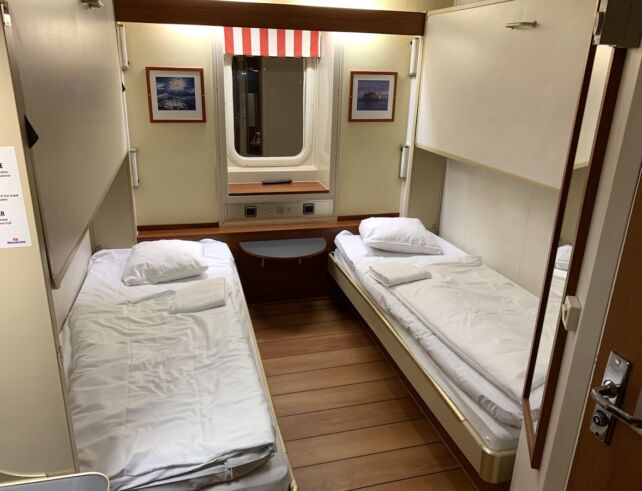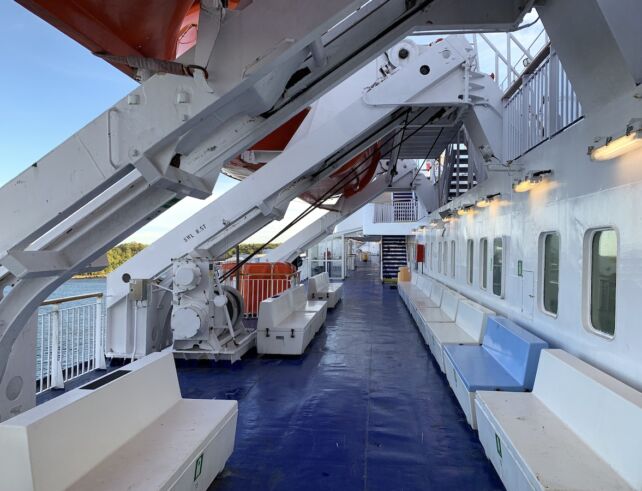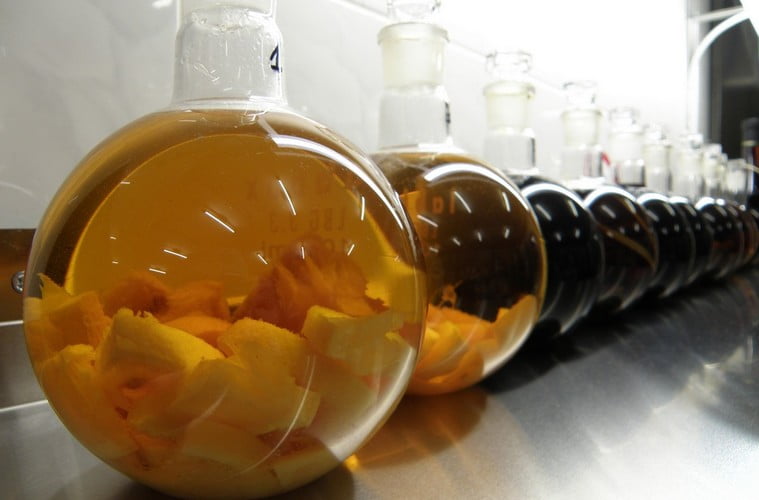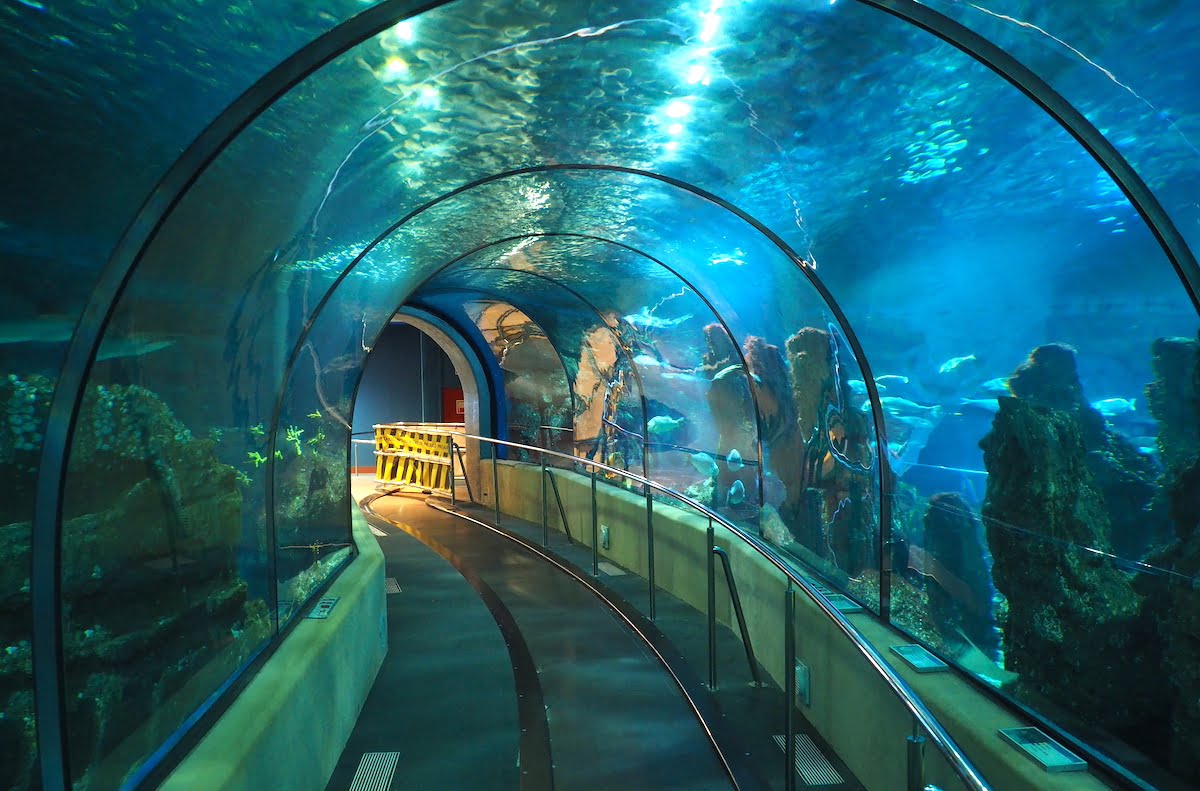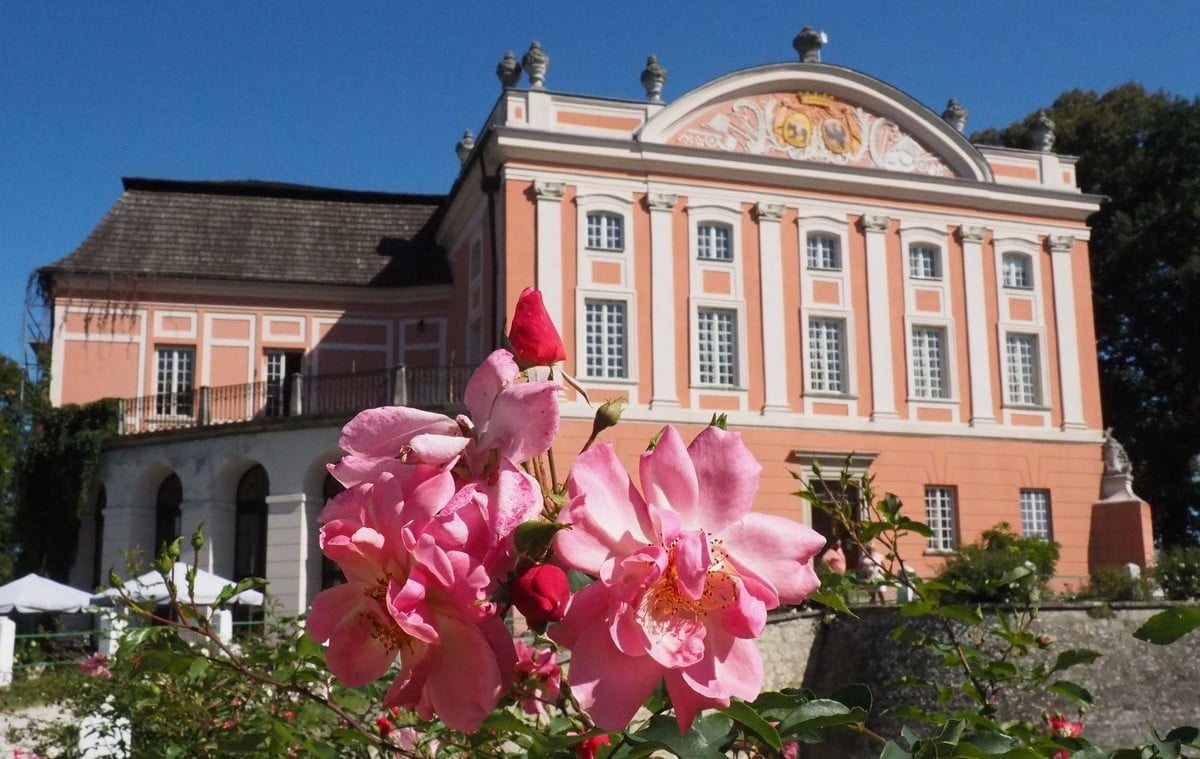Share This Article
When thinking of Swedish cities, many of you probably first picture Stockholm – but I bet Karlskrona also comes to mind as one of the top associations. It’s a small city, but it’s connected to Poland via regular ferry routes. It’s also listed as a UNESCO World Heritage Site, which alone might be reason enough for its name to sound familiar.
Stena Line offers a package in which you sail to Karlskrona overnight, spend the entire day exploring, and return by ferry that same night. In my opinion, this one day on land is enough to get to know the city. However, I recommend choosing warmer months—my autumn visit was certainly interesting, but a bit of sunshine and a longer day would have made the experience even better!
Location and Getting There
Karlskrona is located in southern Sweden. It is the capital of both the Blekinge region and the Karlskrona Municipality. It lies about 500 kilometers from Stockholm and 200 kilometers from Malmö. As mentioned, you can reach Karlskrona by ferry from Gdynia. Ferries operate daily, covering a distance of around 200 nautical miles.
Although the city itself isn’t large, it is quite spread out. It is situated across 30 islands of the Blekinge archipelago. Most attractions, however, are concentrated in one place – on the island of Trossö. A bus runs from the ferry port to the center, and once there, everything is within walking distance. If you’re heading further into Sweden, you can catch a Flixbus or a train from Karlskrona.

Karlskrona and its history
Today, Karlskrona is the administrative center of the Karlskrona Municipality and has over 60,000 residents. Over the centuries, the area around what is now Karlskrona saw dynamic settlement development. The old part of the city lies on an island, but originally, the larger and older settlement was Lyckeby, now a district of Karlskrona located on the mainland. In 1599, the town of Kristianopel was founded and took over the role of Lyckeby. Karlskrona itself was established on August 10, 1680, and its name means “Charles’s Crown.” The city was designed by Quartermaster General Erik Dahlbergh on a grid plan with Baroque elements and was intended to serve all the functions of a fully developed urban center.
Karlskrona became the base of the Swedish Navy, and shipbuilders were brought in from other cities. Just two years after the city’s founding, a bridge was constructed to connect it to the mainland. Initially built as a fortress town, Karlskrona rapidly expanded over time. By the mid-18th century, it had become one of the largest cities in the Kingdom of Sweden. The shipyard, operating since the city’s inception, was the country’s largest industrial employer.
In the 18th century, several outbreaks of plague and ongoing wars halted the city’s growth, and the population significantly declined. However, Karlskrona remained a key strategic site for national defense. Interestingly, much of the city’s original urban design has been preserved. Thanks to its grid layout, the city is well-ventilated by sea breezes.
Karlskrona made international headlines in 1981 when the Soviet submarine U137 ran aground near the city. The incident caused a diplomatic crisis between Sweden and the Soviet Union. It was later revealed that the mishap may have been due to the crew being under the influence of alcohol.
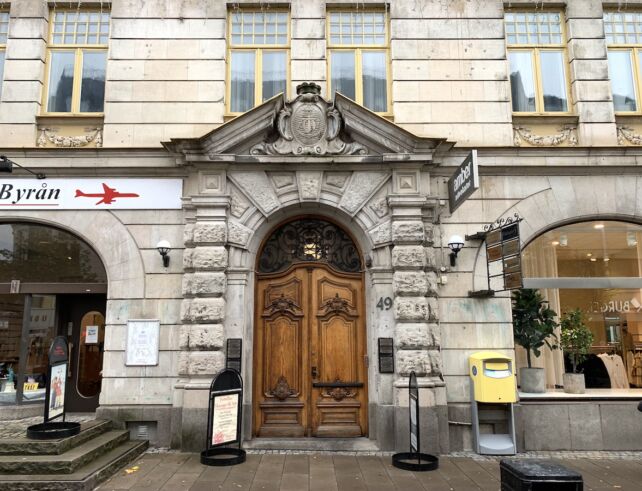


Karlskrona and UNESCO
Karlskrona is an excellent example of a 17th-century port town with a unique urban layout. It was inscribed on the UNESCO World Heritage List in 1998. The city authorities believe that the everyday use of port areas helps keep them maintained and “alive.”
The designated UNESCO area includes the city of Karlskrona itself, the naval shipyard and port, the inner fortifications on Ljungskär, Mjölnarholmen, Koholmen, Godnatt, and Kurrholmen, as well as the outer fortifications at Drottningskär Citadel and Kungsholm Fortress. It also comprises the Skärfva Manor and the Crown Mill in Lyckeby, located near the sea port.
The Naval Port of Karlskrona encompasses 91 buildings officially recognized as historic monuments and 47 areas containing structures protected under the Historic Environment Act.
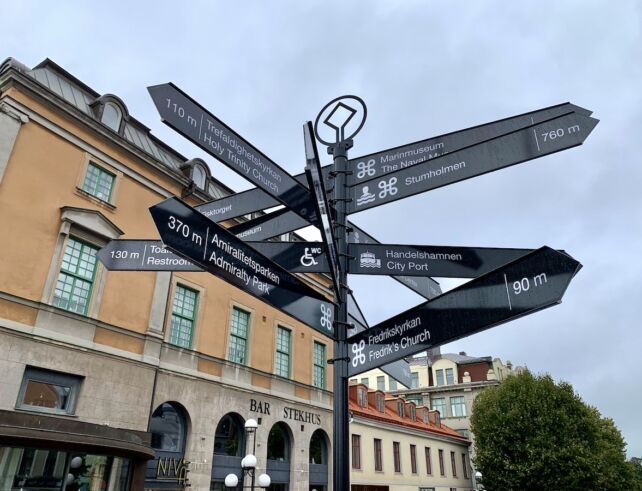
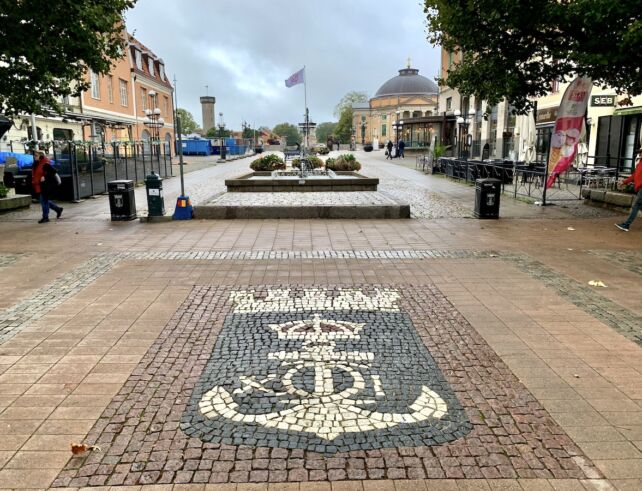
What to See in Karlskrona?
The Grand Square (Stortorget)
This is the largest and most central square in Karlskrona. It is located on the island of Trossö, at its highest point. The square covers an area of approximately 200 by 100 meters. Its size reflects the importance Karlskrona was intended to have when the city was originally built.
There are many interesting buildings on and around the square. Among them, you’ll find the Church of the Holy Trinity, Frederick Church, and the Old Town Hall from 1798. Both churches are considered some of the finest examples of Roman Baroque architecture in Sweden. Just next to the square is the Water Fort (shown in the first photo), which was built in 1863 and served as a water reservoir for the island. In the center of the square stands a statue of King Charles XI of Sweden, who reigned from 1660 to 1697.
During my visit to Karlskrona, a market was taking place on the square. A few food trucks were parked there along with stands selling local products. If you’re visiting Karlskrona in the winter, be prepared for strong winds—as you’d expect from the island’s highest point!
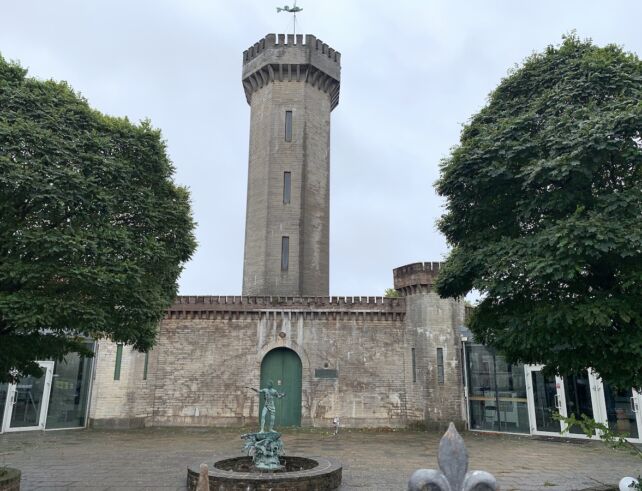
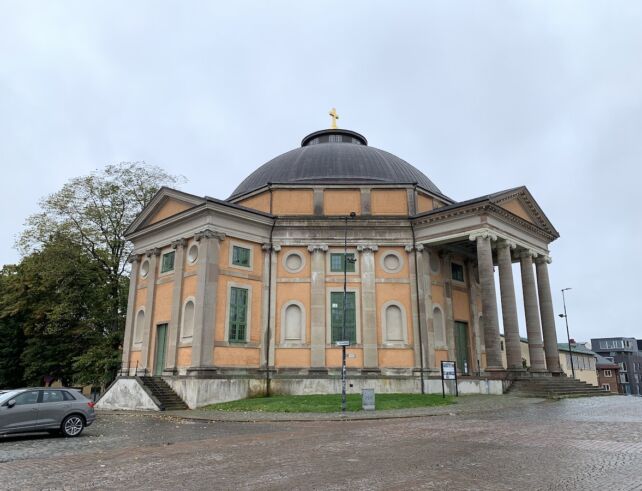

Naval Museum (Marinmuseum)
Many people say that the Naval Museum is the most interesting attraction in Karlskrona—and I think they’re absolutely right. It’s a truly unique institution that presents the history of the Swedish Navy from its very beginnings up to the present day. You’ll surely be impressed by the real submarines, which you can actually enter and explore from the inside.
Right next to the museum, there are also historic ships docked and open for visitors. In good weather, you can even view shipwrecks lying in the harbor through special underwater windows located in the museum’s basement. The museum building also houses a bistro and a gift shop.
If you’d like to learn more about this fascinating place, be sure to check out the article Naval Museum in Karlskrona.
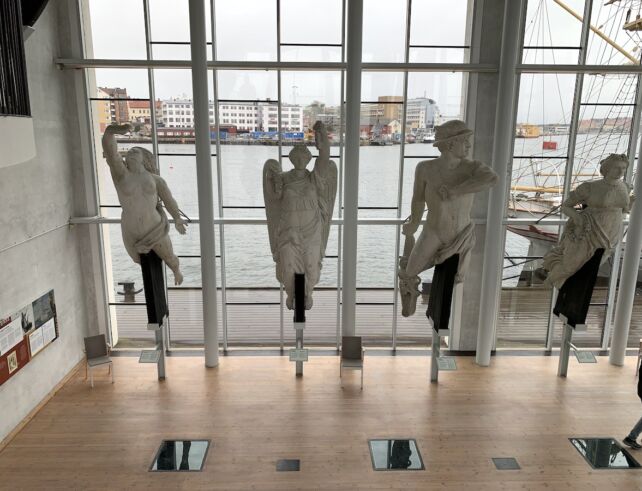

Björkholmen – the Oldest District in Karlskrona
Björkholmen (Birch Hill) was originally an island that managed to avoid city fires, which is why its original wooden architecture has been preserved. Today, it is permanently connected to the mainland due to land reclamation work carried out in the 19th century. The small houses you can admire here are made of oak wood and were originally built for shipyard workers. Some of the buildings have since been connected to form larger homes, but originally, each cottage was home to a single family. The streets in this part of town are named after types of ships or the surnames of admirals.
The district itself isn’t large, and for the locals, these colorful cottages are just regular homes—but feel free to take photos in the streets; no one will look at you strangely. You’ll find buildings in various shades, and each one is charming in its own way. When I visited, the sky offered a “lovely” grey backdrop, but even in this dull setting, the houses still looked pleasant. With a blue sky and a few fluffy clouds, I’m sure they’d look even better.
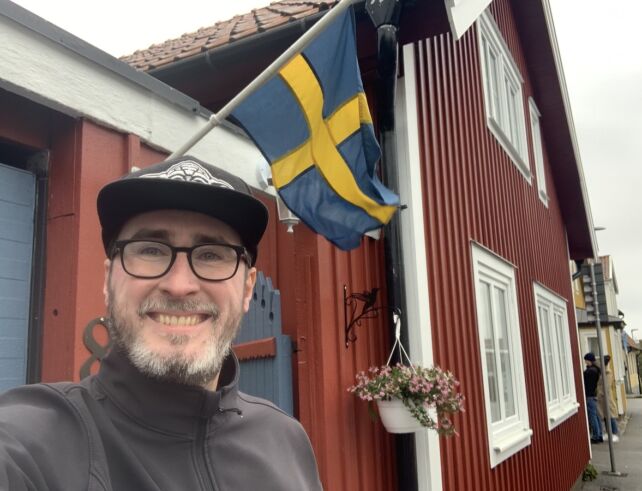
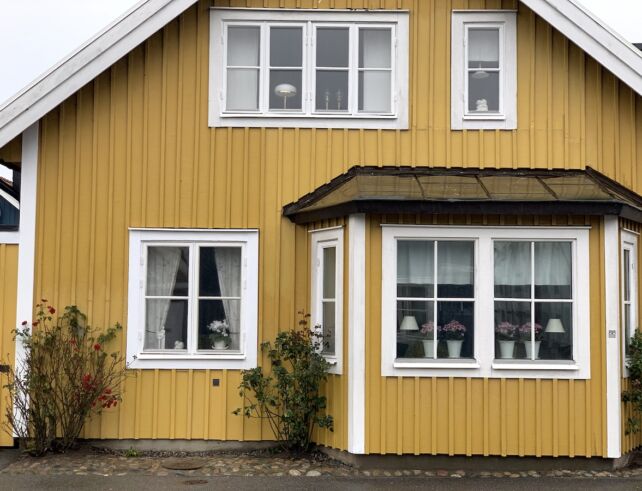
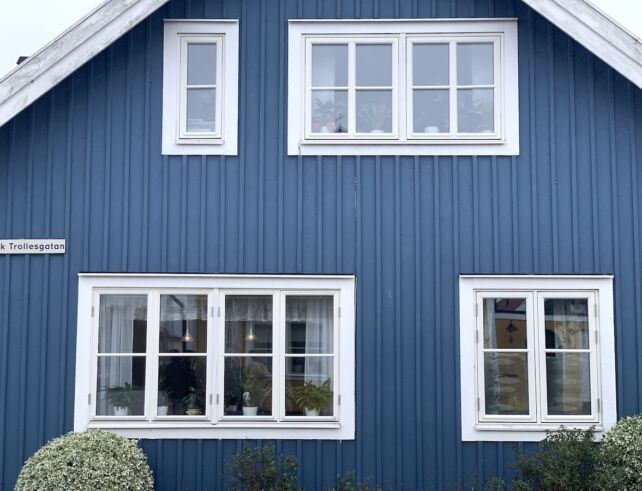

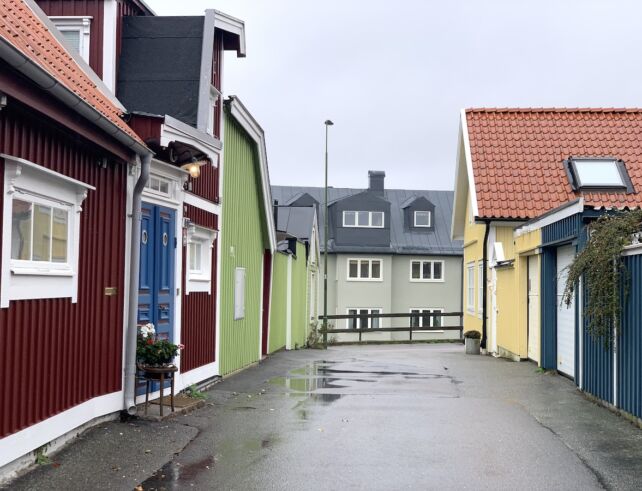
Bryggareberget Viewpoint
Looking at the photos, you might not notice a spectacular view—after all, as you already know, the weather wasn’t exactly helpful during my visit to Karlskrona. However, I can assure you that even with heavy, low-hanging clouds and pouring rain, the views were still quite interesting. So, on a sunny day, it must be truly beautiful.
Right next to the viewpoint, there’s an old German brewery that now serves as a hotel and conference center.
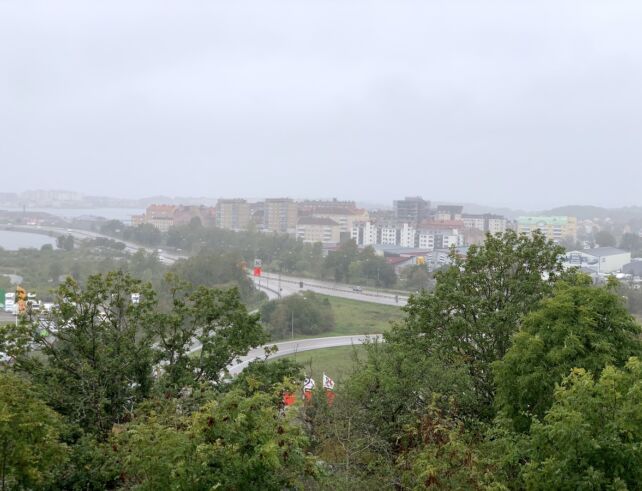

The Royal Quay (Kungsbron)
Another place worth visiting in Karlskrona is the Royal Quay (Kungsbron). Its name comes from its original purpose—it was here that the king would disembark when arriving in Karlskrona, and it was here that he was welcomed by the townspeople. Interestingly, even today, you might still spot the royal ship docking here with His Majesty on board, en route to the royal residence on the island of Öland.
Karlskrona is a truly maritime city, and the Royal Quay has always served as its ceremonial “gateway.” Today, it is part of the naval port, and you can find, among other things, a monument to Erik Dahlbergh—the founder of the city.

Imperial Brygghus Brewery
An interesting place where you can learn a lot about beer, its production, and of course taste it, is the Imperial Brygghus brewery. It’s a small-scale brewery, but it produces some truly intriguing beers that you can try in the adjacent bar, Fox and Anchor. This is the only English pub in the entire city, and I was really impressed by its interior. It’s located in a former cinema, and the atmosphere inside is incredibly charming.
In addition to beer from the local brewery, you can also order a wide selection of other Swedish and international beers, as well as snacks.

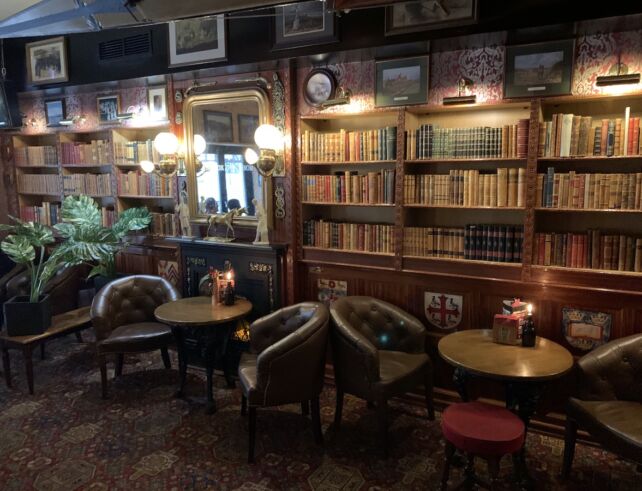
What Should You Try?
Swedish cuisine is definitely worth exploring. Even on the ferry, you’ll have a chance to enjoy mussels and shrimp salad — one of my personal favorites. Be sure to try salmon as well, whether smoked or prepared using other cooking methods.
Local restaurants serve international dishes, but you’ll also come across more traditional options like various types of herring (including fried) and potato pancakes with lingonberries.
Beyond its historical charm, Karlskrona is a regular city where locals do their daily shopping, so you’ll find plenty of shops and supermarkets along the way. I picked up some preserves — lingonberry and cloudberry jams — and stocked up on Marabou chocolate (it’s truly delicious!) along with a wide selection of sweets, many featuring a hint (or a lot!) of licorice.
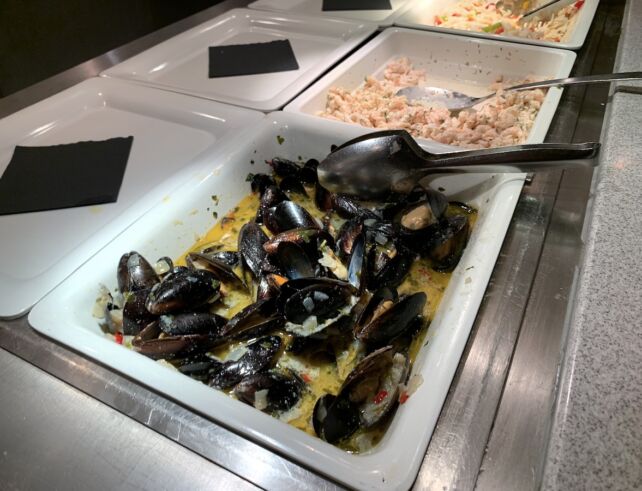
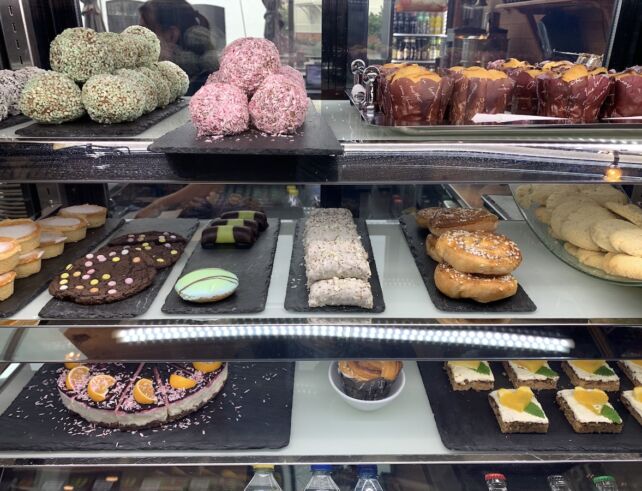
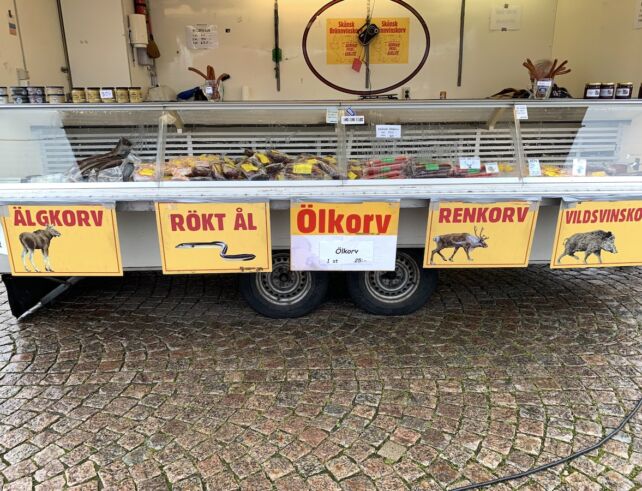
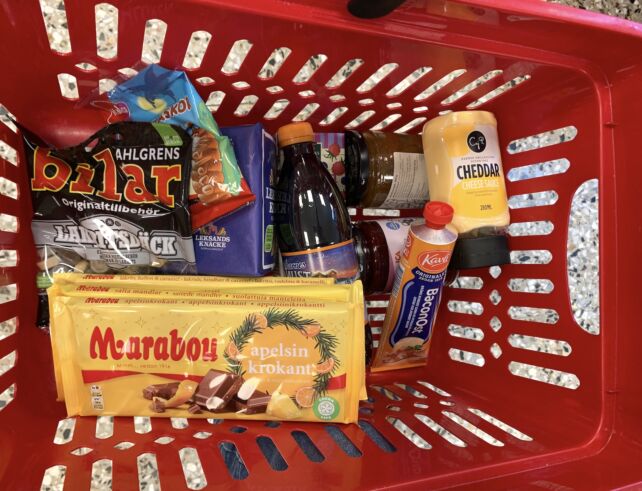
By Ferry from Gdynia to Karlskrona
I traveled to Karlskrona by ferry during the launch of a new beer from the Amber Brewery. The ferry departed in the evening, arriving at its destination the following morning after a night at sea. I stayed in a cabin with a window, although there are also inside cabins available.
After boarding, I took a moment to explore the ship — and let me tell you, it’s impressive! The ferry has multiple decks, an outdoor deck, shops, restaurants, a casino, playrooms, a spa, and many more amenities for passengers. My cabin had four beds (two fixed and two fold-out), a toilet, a shower, and a TV with a wide range of channels.
There’s also a duty-free shop on board where you can buy perfumes, accessories, cosmetics, sweets, and alcohol. As is typical for duty-free prices, they’re relatively reasonable. Most Swedes — or actually many Poles traveling to Sweden — were buying large quantities of canned beer. Once we arrived on land, it became clear why: on the ferry, a can of beer in a multipack cost around 2–3 PLN, while a draft beer in a Swedish bar cost between 30–50 PLN.
One of the first questions that came to my mind before the trip was about how much the ship would rock. I happened to travel during a storm, and the ferry’s return trip was delayed by 12 hours due to rough sea conditions. I can say you definitely feel the movement of the ship, but it wasn’t too bothersome. Still, I can imagine that people prone to motion sickness might find it difficult. The distance between Gdynia and Karlskrona is 200 nautical miles (about 321 kilometers), and the journey takes roughly 11 hours — something to keep in mind if you’re sensitive to motion.
